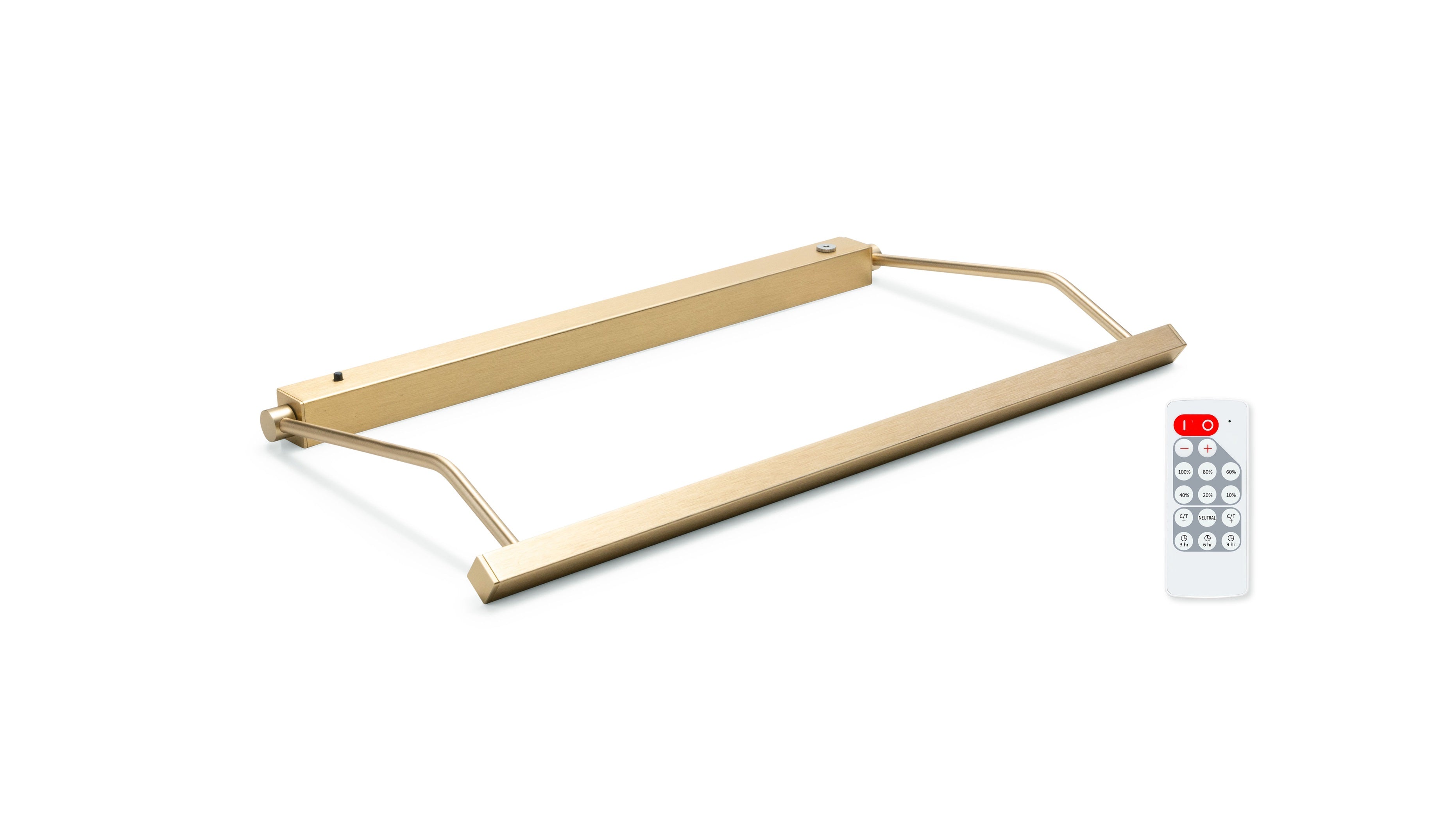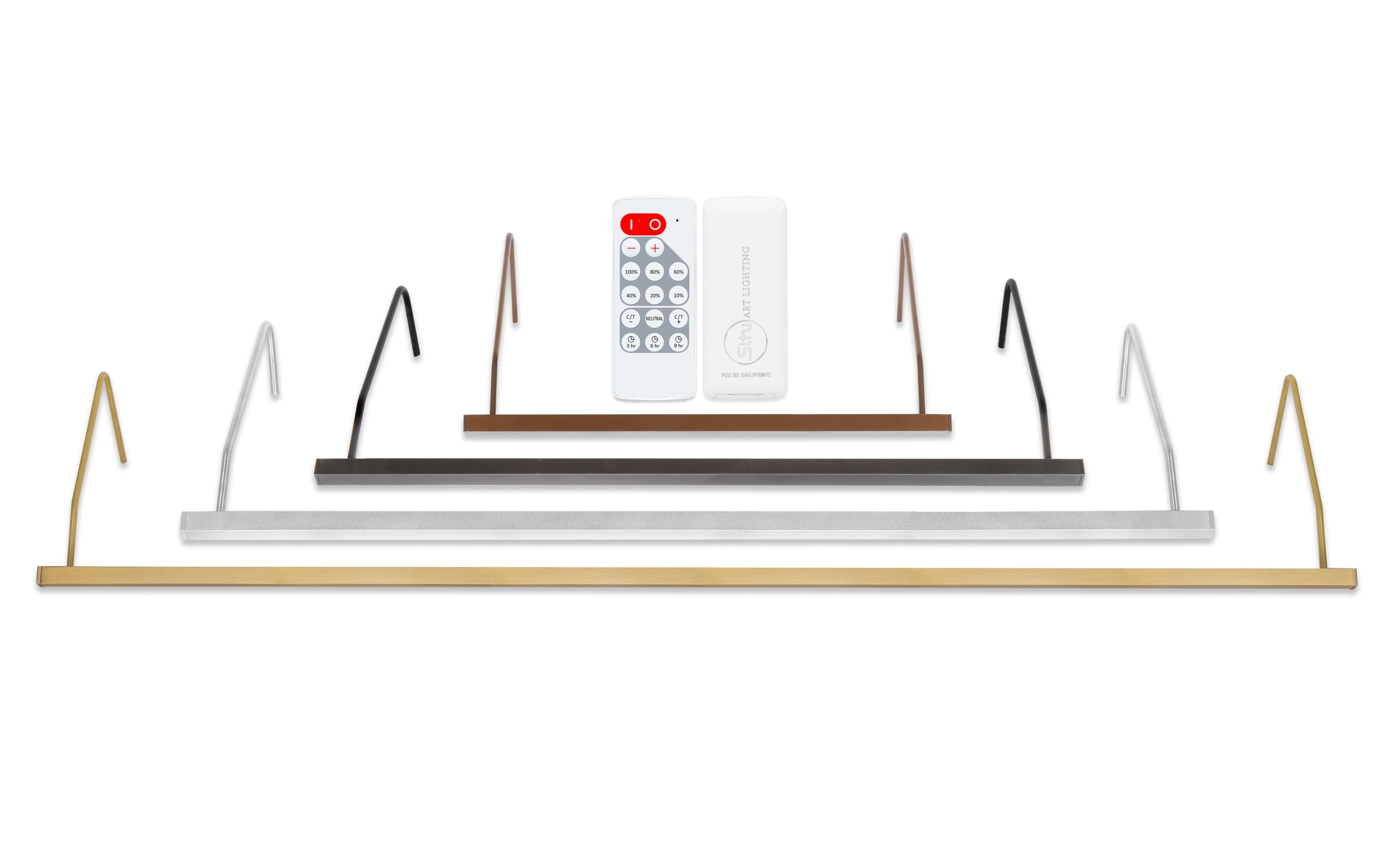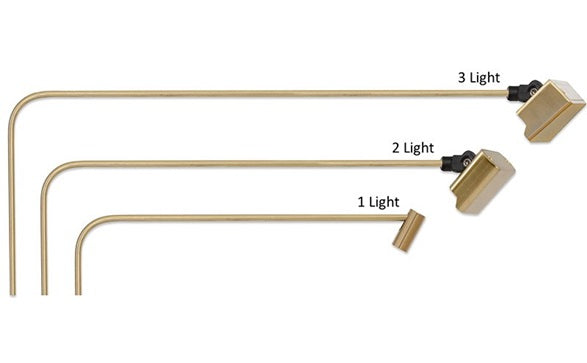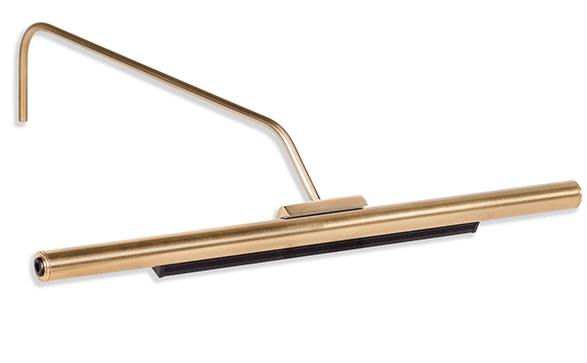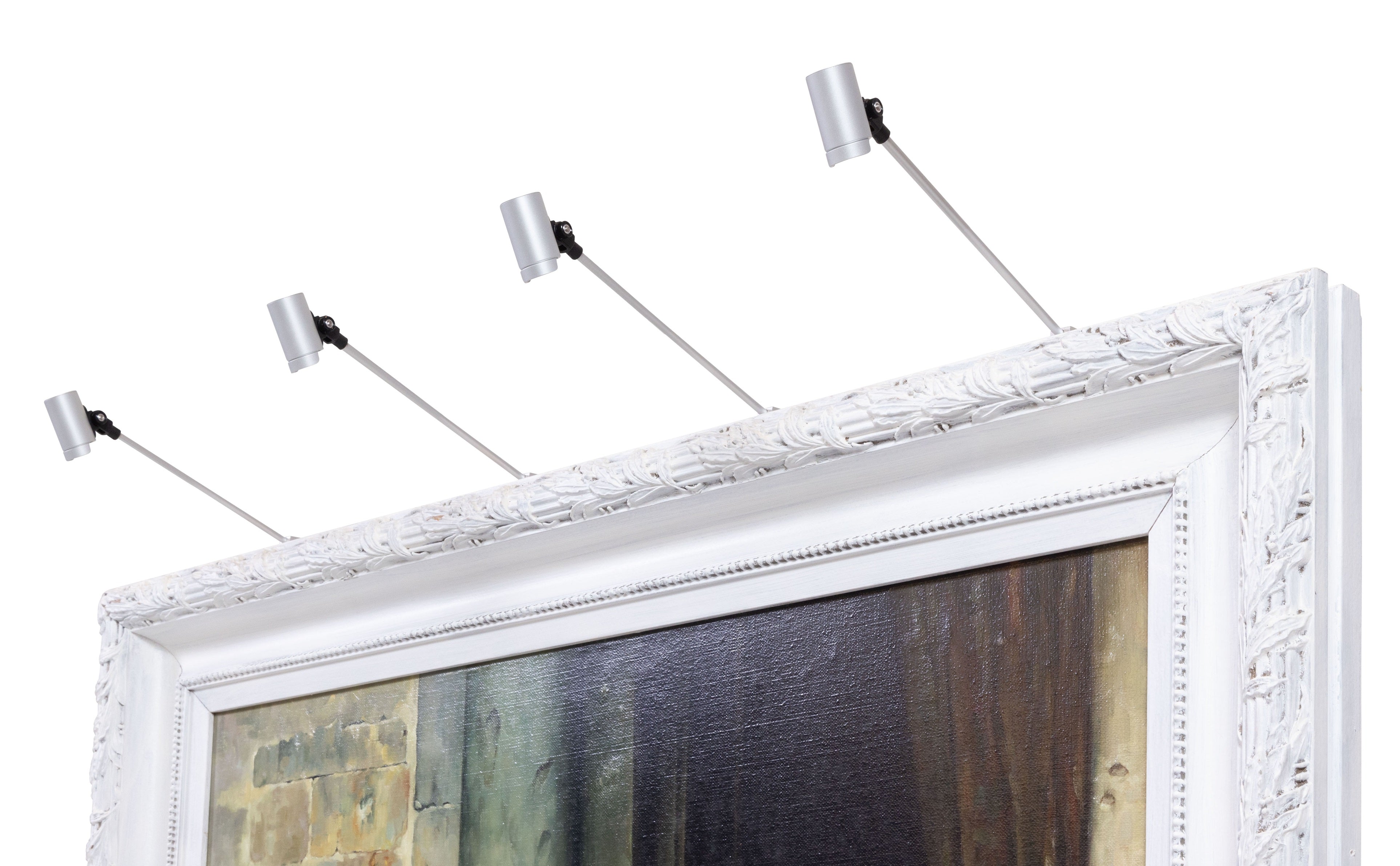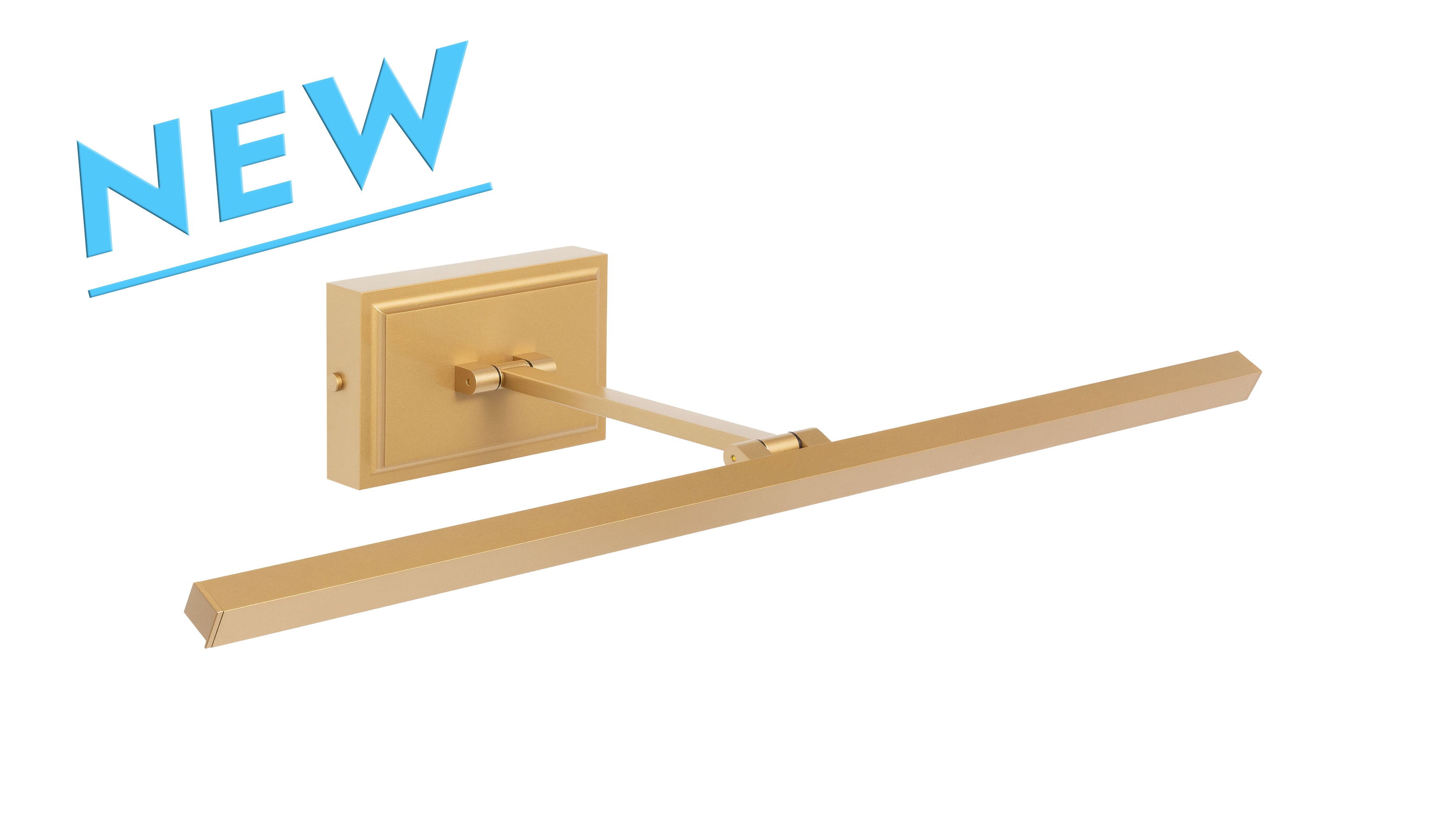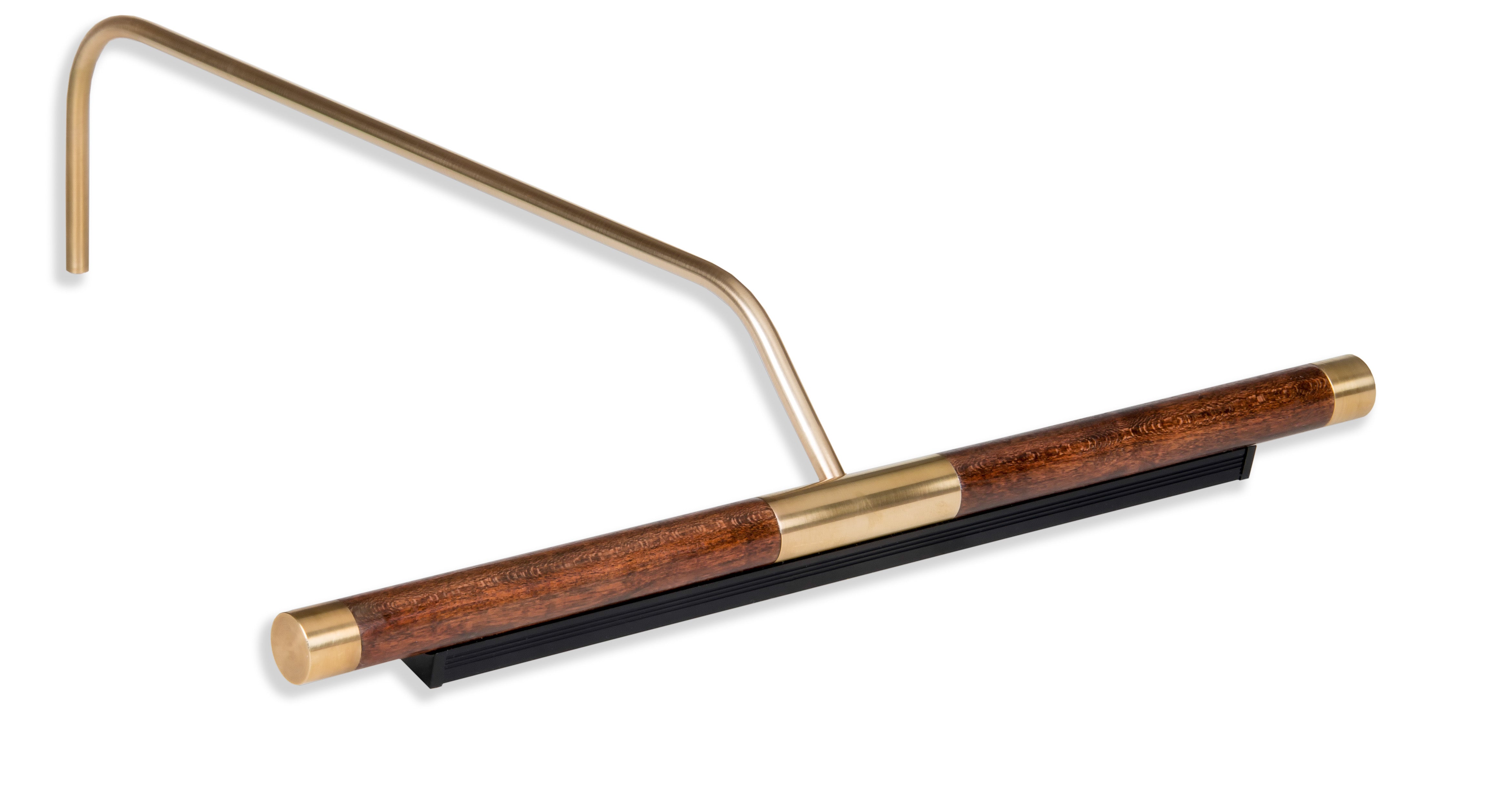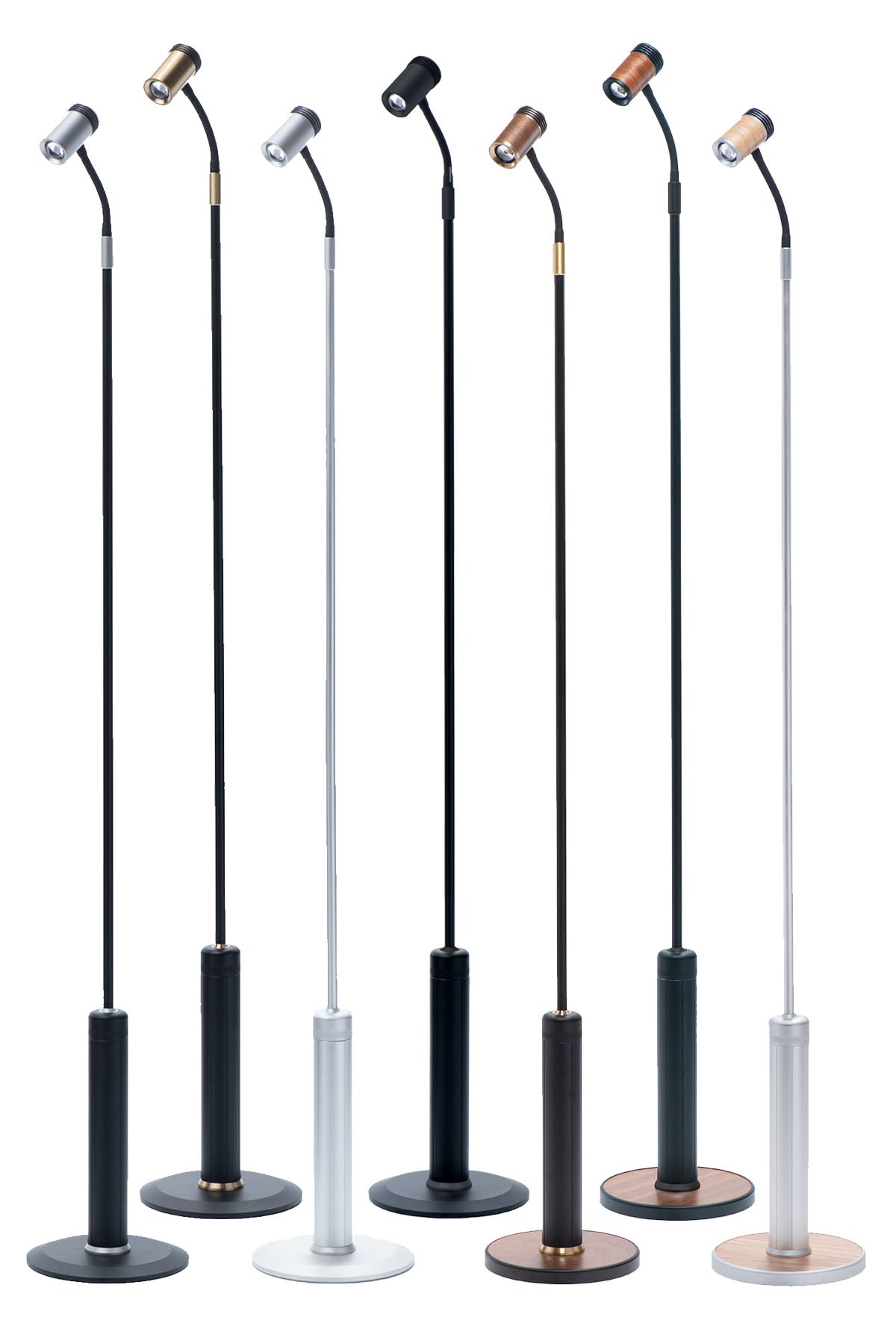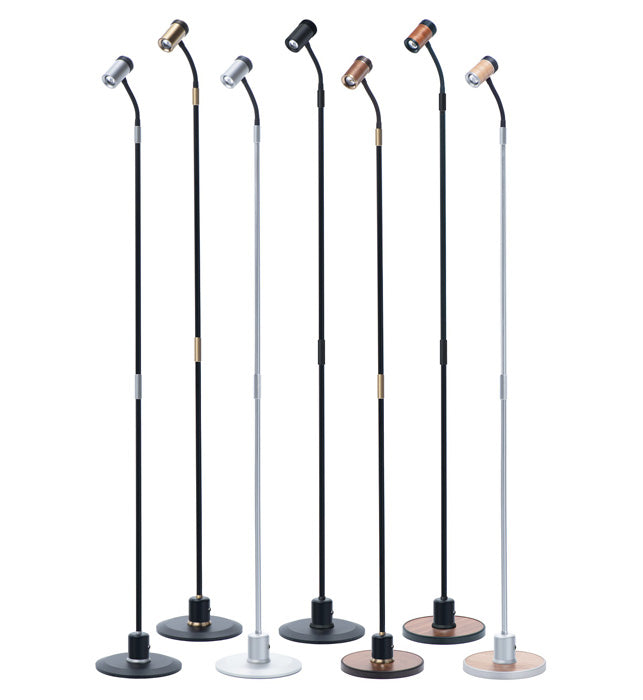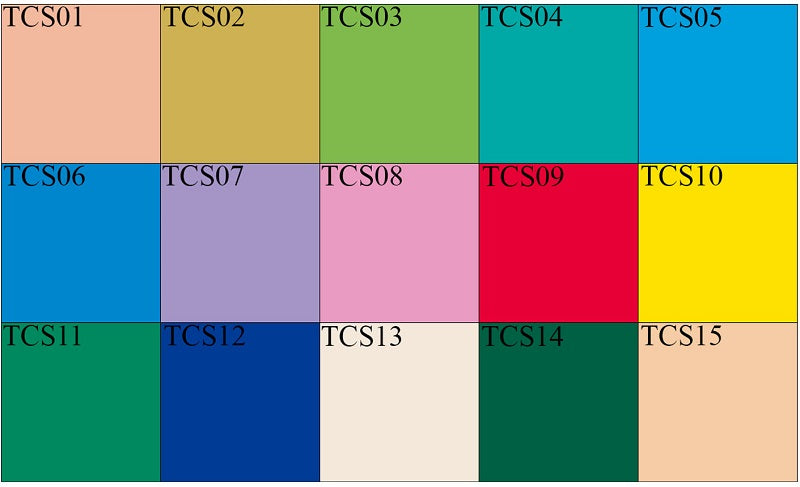Key Points on CRI for Artwork Lighting:
-
CRI (Color Rendering Index) measures how accurately light shows colors compared to natural daylight.
-
Higher CRI = More accurate color reproduction.
-
80 CRI: Basic lighting, colors may look dull.
-
90 CRI: Good for home settings, vibrant colors.
-
93-95 CRI: Best for art, true-to-life color accuracy.
-
Best lighting for artwork: 2700K–4000K color temperature, 93-95 CRI for accurate and vibrant display.
In essence, the Color Rendering Index, or CRI, is an objective analysis of an artificial light source’s ability to accurately reproduce a full spectrum of colors relative to how they appear under a natural light source. This natural light source is most commonly sunlight, often referred to as “natural daylight”. Technically, sunlight or natural daylight is only the reference light for 5000K and above color temperature lighting. For lighting below 5000K, halogen and incandescent bulbs are used as reference sources as they do produce a full spectrum of natural light.
It might be helpful to begin with a brief review on how color works . . .
Sunlight, a natural white light, is actually an accumulation of all of the wavelengths of color within the visible spectrum. When that white light reaches an object, most of the wavelengths are absorbed. The wavelengths that are reflected determine the color the object is seen.
If the artificial light source is missing necessary wavelengths for an object, its color will not be rendered accurately, and the object will appear dull and lack the vibrancy apparent in other visible colors.
Which leads us to . . . What actually is CRI? And how is it calculated?
Introduced in 1965, CRI is the widely accepted metric by which light sources can be objectively evaluated to compare their ability to accurately reproduce color. CRI scoring (with a maximum score of 100) is a measurement of how accurately a light source would render each of a series of up to 15 predetermined Test Color Samples (TCS). These colors are referred to as TCS01 – TCS15 or, more commonly, as R1 – R15.
In the United States, CRI commonly refers to an average of the calculated scores for R1 – R8 (i.e. more precisely referred to as General CRI) while most of the rest of the world uses Extended CRI scoring (i.e. R1 – R14). R15 is a more recent introduction, with the specific intent of evaluating a light source’s ability to light various skin tones, earth tones and food colors that were deemed insufficiently represented by R1 – R8 or even R1 – R14.
As R1 – R8 are pastel colors, Extended CRI use of R9 (Strong Red) and R12 (Strong Blue) are seen as capturing critical wavelengths for many lighting applications.
CRI scores are then calculated by comparing the reflectance wavelength spectrum from an accepted reference light source (daylight or similar). The finer points of CRI calculations (i.e. at 5000k vs 3000k) are complex and beyond the scope of this article. The key takeaway is they are objective measurements, not subjective evaluations.
So, what CRI value is acceptable?
While the quality of lighting, and its importance for different purposes, is certainly subjective, there are some generally accepted guidelines that might be helpful.
Lighting with a CRI of 80 is often considered a base level CRI for LED and fluorescent lighting for typical, daily life. It is the minimum CRI you are likely to find in most store lighting departments. While most “common colors” will be rendered adequately, colors that have a “Strong Red” component (i.e. skin tones, woodwork, artwork, food, particularly produce, fruits and red meat, etc) will often appear dull or unnatural.
A CRI of 90 is often referred to by manufacturers as their deluxe or premium lighting line. The upgrade from 80 to 90 CRI is quite significant and readily noticeable. Most objects, including the aforementioned, will appear normal and pleasing to the eye. A 90 CRI is sufficient for most residential settings where people spend their indoor time (i.e. kitchen, dining room, living room, bedroom) and many people will not notice or appreciate CRI levels above 90.
That said, when CRI values reach the 93 – 95 range, we’ve achieved a significantly different level of color rendering accuracy. Decorators, designers, and artists, along with those who appreciate the subtle nuances of accurate color in their home life, will be particularly pleased with the aesthetic in home décor, culinary experiences, fine dining, photography / art appreciation, cosmetic application, etc. Most people won’t recognize how lighting contributed to their visual experience; they simply will have enjoyed the experience more. This high 93-95 CRI range is also ideal for displaying artwork due to the high accuracy of color perception.
The right lighting not only illuminates a space or a piece of artwork but also enhances the colors, textures, and details, allowing viewers to fully appreciate the artist's intentions. When it comes to selecting the best color light for artwork, a range of 2700K to 4000K is generally recommended, with 3000K often considered ideal. This range encompasses warm white to neutral white lighting, striking a balance between warmth and clarity. With 93-95 CRI values, this minimizes the risk of color distortion while providing a comfortable and inviting ambiance for artists and art enthusiasts alike. At Situ Lighting, we are committed to maintaining these high CRI lighting standards in our product designs throughout all color temperatures to ensure optimal presentation, enabling artwork to be experienced in its most authentic and captivating form.
In summary . . .
The higher the CRI of lighting, the more accurately it will reproduce the true colors of objects. The closer the CRI rating is to 100, the more accurately colors will appear as they would under a natural light source such as daylight. If color accuracy and a natural appearance are of particular importance, then consider lighting with a color temperature between 2700K-4000K with a CRI of 90+ as your minimum, and search for lighting with CRI scores of 93-95+ for your cherished artwork and other special purposes.



